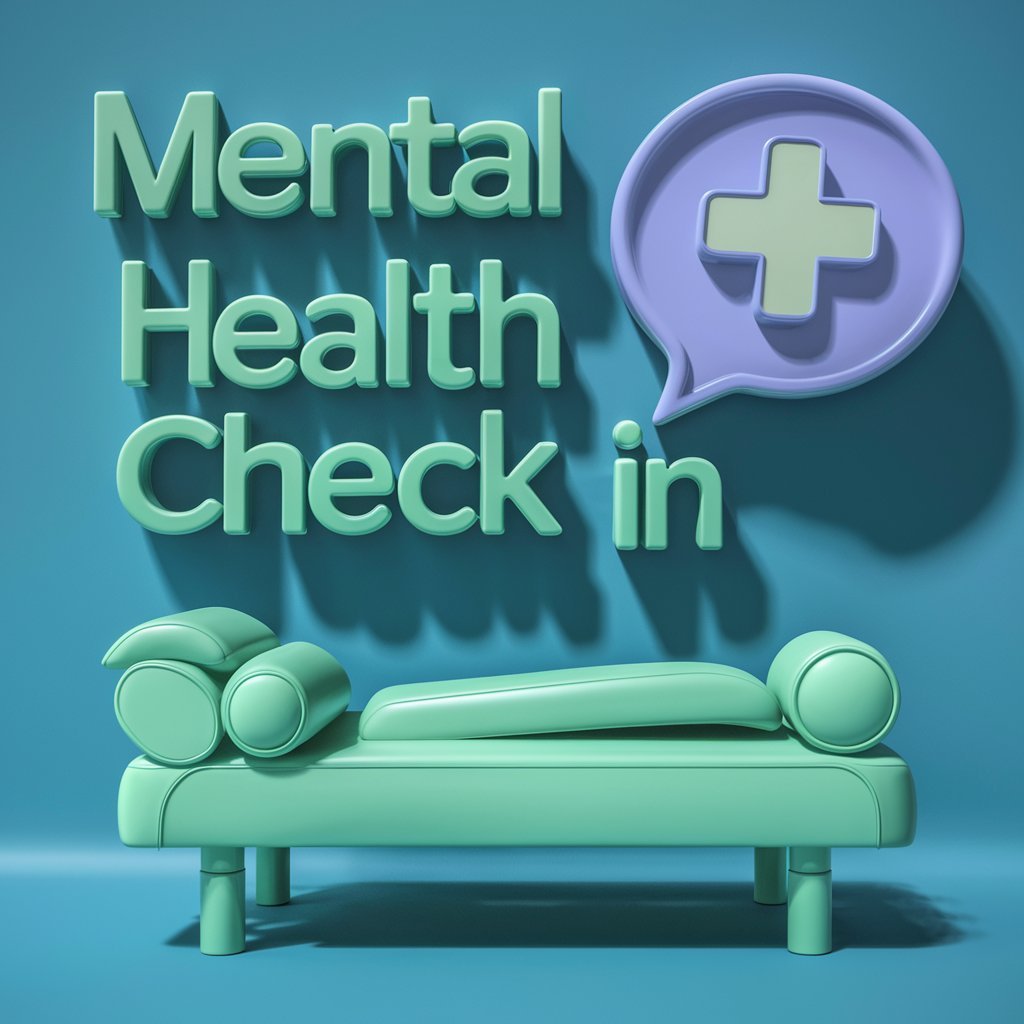Trigger warnings have been a topic of much debate in recent years, particularly in academic settings. Some argue that trigger warnings are necessary to protect individuals from potentially triggering content, while others believe that they can be limiting and hinder free speech. The debate over trigger warnings raises important questions about the balance between protecting individuals from harm and promoting open discourse.
Arguments for Trigger Warnings
Those in favor of trigger warnings argue that they are necessary to protect individuals who have experienced trauma or are sensitive to certain topics. Trigger warnings are meant to give individuals the opportunity to prepare themselves emotionally before encountering potentially distressing material. Supporters of trigger warnings believe that they have the potential to prevent re-traumatization and promote empathy and understanding.
Additionally, proponents of trigger warnings argue that they can create a more inclusive and safe learning environment for all students. By allowing individuals to opt out of exposure to certain material, trigger warnings can help to create a space where all students feel respected and valued. This can be particularly important in academic settings where sensitive topics may be discussed.
Arguments Against Trigger Warnings
On the other side of the debate, critics argue that trigger warnings can be limiting and stifle free speech. Some believe that trigger warnings create a culture of censorship and encourage individuals to avoid uncomfortable or challenging material. Critics also question the effectiveness of trigger warnings in actually preventing harm, arguing that they may actually reinforce feelings of victimization.
Furthermore, opponents of trigger warnings argue that they can have a negative impact on academic freedom. By censoring certain topics or ideas, trigger warnings may limit the exploration of controversial or thought-provoking content. This can hinder critical thinking and intellectual growth, ultimately leading to a narrowing of the educational experience.
Conclusion
The debate over trigger warnings is complex and multifaceted, raising important questions about the balance between protecting individuals from harm and promoting open discourse. While trigger warnings can provide valuable protection for individuals who have experienced trauma or are sensitive to certain topics, they also have the potential to be limiting and inhibit free speech. Ultimately, the effectiveness and impact of trigger warnings depend on how they are implemented and used in practice. It is important for institutions to consider these factors carefully and to engage in thoughtful and nuanced discussions about the use of trigger warnings in academic settings.
FAQs
Q: Do trigger warnings undermine the importance of exposure therapy?
A: Some critics argue that trigger warnings may discourage individuals from confronting their fears and overcoming trauma through exposure therapy. However, proponents of trigger warnings argue that they are not meant to replace therapy but rather to provide individuals with the choice to engage with potentially triggering material in a safe and controlled manner.
Q: How can institutions effectively implement trigger warnings?
A: Effective implementation of trigger warnings requires careful consideration of the content and context in which they are used. Institutions should provide clear and consistent guidelines for when trigger warnings are appropriate, as well as ensure that individuals have access to support services if needed. It is also important to encourage open dialogue and communication about trigger warnings to create a more inclusive and supportive learning environment.





